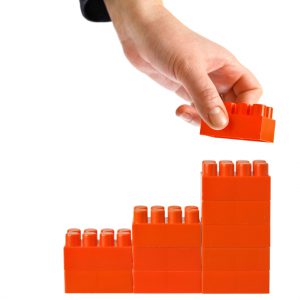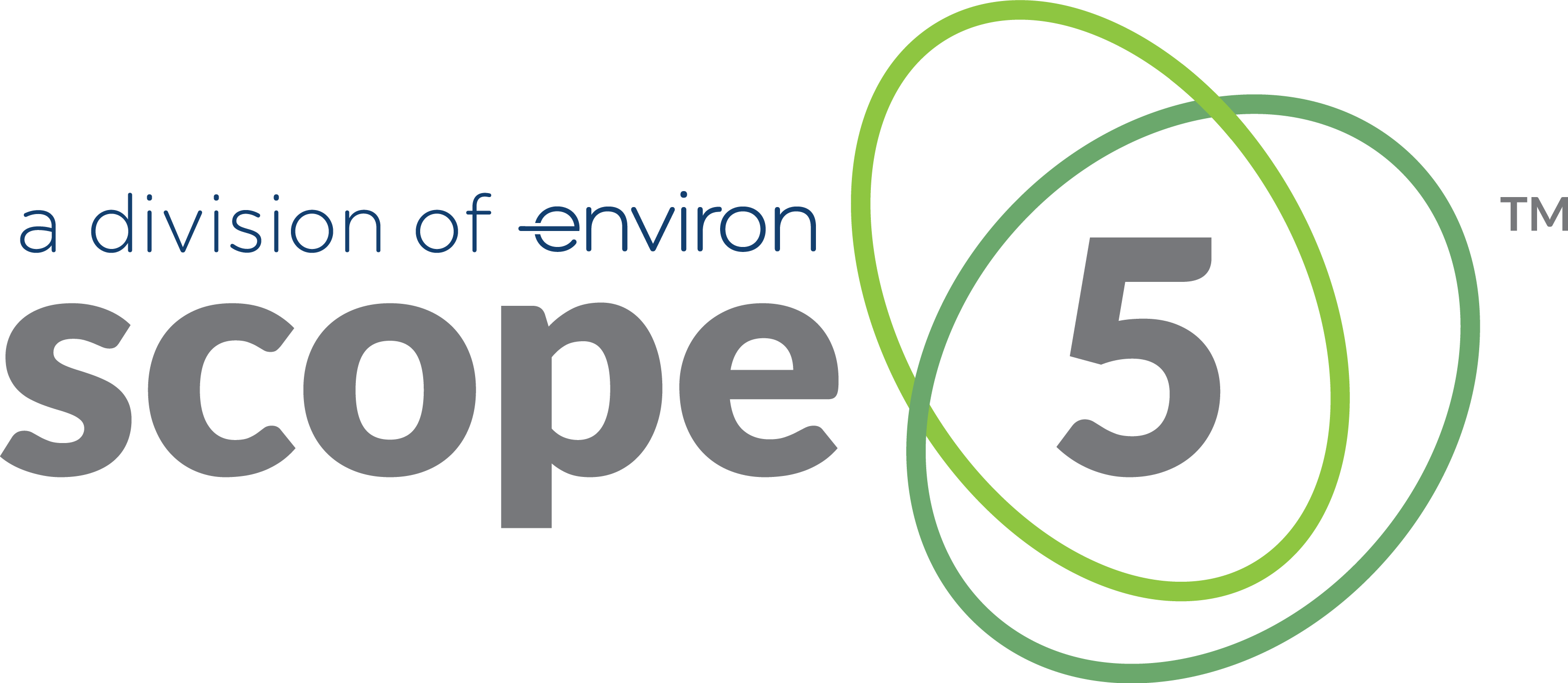At Scope 5, I’m the CEO, but I’m also in charge of product. I’ve been doing hardware or software development on and off for most of my life. Well – since I was seven or so. Over the time, I’ve come to some conclusions about these disciplines.
There’s one phenomenon that I noticed years ago. It happens sooner or later on any reasonably well run software project and it’s starting to happen to us at Scope 5. I love when it starts to happen and I want to share it with you today. (By the way – this is about software. It doesn’t apply so well to hardware).
It’s the ‘good software snowball’ effect. (There’s also the ‘bad software snowball effect’ but thankfully, that one’s not relevant). Here’s what the good software snowball effect is:
Once the groundwork is laid, the further into a software project you get, the faster you can add functionality.
This is profound. It means that once the minimum viable product (MVP) is built, the rate at which you can add functionality, at least for a good piece of the life of a software project, grows exponentially! In other words, assume that it takes a year to get the MVP built and polished. In the following six months, you can expect to be able to at least double the functionality of the MVP. And in the six months after that, you will likely be able to do so again.
This doesn’t mean that it’s a good thing to lather on loads of ‘bells and whistles’ just because you can. One still needs to be disciplined in choosing what functionality to add and to be careful not to bloat the product with unnecessary features.
That said – that roadmap that you’ve been building since before the first line of code went down… That roadmap that’s been growing based on customer input and looking at other products and imagining what could be… that list of ‘must have’ features that’s been growing faster than you ever thought you’d ever be able to deliver on it… suddenly, it starts to shrink. Suddenly, you can deliver to your customers, great new features, much faster than you had been able to do so before.

The reason this happens is quite simple: You start by building infrastructure; basic building blocks and various tools. Until these are built, progress is slow. But once the building blocks are available, you can start to combine them to produce bigger building blocks. And then you can combine those building blocks to build even bigger ones. Unlike building physical things, you don’t need to do much work to combine building blocks into bigger building blocks. It pretty much comes for free.
And that’s the beauty of software development. And right now, we, the product team at Scope 5, find ourselves in the happy position of having delivered a solid MVP and starting to reap the benefits and the joys of exponential productivity. And our customers are finding themselves in a similar happy position of seeing those great features they’ve been waiting for, rolling out at a quickening pace.
